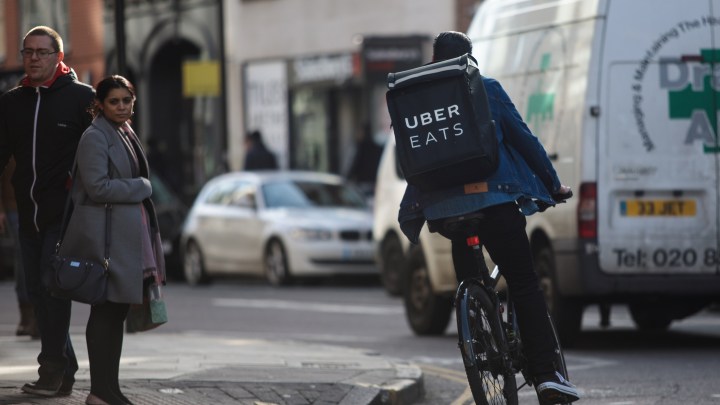
How big is the gig economy?

The California legislature has passed a bill that aims to force app-based platforms like Uber and Lyft to reclassify as employees some workers currently defined as independent contractors.
So-called “gig” work on app-based technology platforms has increased dramatically since the Great Recession. But, taken as a whole, non-traditional work arrangements (including freelance and independent contractor work, contract, temporary and on-call work) have not risen dramatically as a share of work done by the U.S. labor force.
The Bureau of Labor Statistics’ latest report, “Contingent and Alternative Employment Arrangements Summary” found that, in 2017, there were 10.6 million people who considered “independent contractor” their main job, amounting to 6.9% of total employment.
A study published last year by freelance platform Upwork and Freelancers Union found that 35% of Americans did some kind of freelance work in 2018.
There’s a lot happening in the world. Through it all, Marketplace is here for you.
You rely on Marketplace to break down the world’s events and tell you how it affects you in a fact-based, approachable way. We rely on your financial support to keep making that possible.
Your donation today powers the independent journalism that you rely on. For just $5/month, you can help sustain Marketplace so we can keep reporting on the things that matter to you.


















